They heat the air better than anyone! Metal heating radiators: which ones to choose
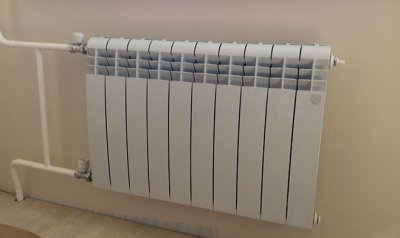
In heating systems, heat exchangers - batteries - play the role of transmitting heat from the heated liquid coolant to the room.
The industry has mastered many types and technologies of heat exchangers, each of which has both positive and negative sides.
Metal heating batteries
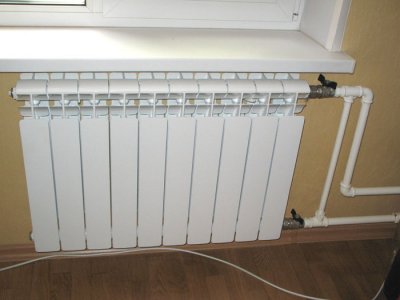
As a rule, radiators are made of metals. This material has two big advantages.: high thermal conductivity and mechanical strength.
Metal can be easily given any shape in industrial conditions by casting or stamping; it is durable and easy to use.
According to their operating principle, batteries are divided into two groups:
- Convectors. The principle of operation is the transfer of heat directly to the air circulating in the channels. Air flows circulate inside the convector, cold air is sucked in from below and rises, heating up. Such heaters are effective, but the microclimate in the room is not the most pleasant. A sign of convectors is the presence of ribs and channels to increase the air exchange area.
- Emitters. The principle of operation is the emission of infrared rays, heating of air from such radiators is secondary. This type is characterized by massiveness, large area of front panels, high comfort.
Most heaters use both principles., however, when designing heating in a house, it is worth considering the predominant type of action, skillfully managing the flows of warm air and radiant heat.
Types of radiators
Depending on the material they are made from, there are several types of heating radiators.
Steel panels
The popular construction material is widely used in thermal engineering. Radiator panels are made from corrosion-resistant steels, such heaters are inexpensive, look good and are quite effective.
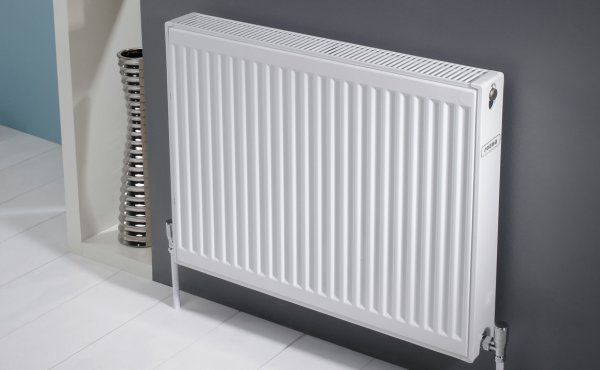
Photo 1. Steel panel heating radiator. The device is white and matches the interior well.
Steel batteries two types:
- Tubular collector. A clear example is heated towel rails. They consist of tube-shaped stands, soldered at the ends with collectors.
- Panel. Consists of from two stamped sheets of metal, connected along the perimeter by continuous welding, inside - by spot welding. The stampings, as a rule, form a collector. Combined type panel radiators radiate heat perfectly, and thanks to additional convector air ducts, actively heat the air.
Panel steel radiators cannot be confused with others: the front side is formed by stamped steel sheet. The batteries are painted with polymer paints resistant to mechanical impacts.
Due to the ease of production, panel radiators come in a variety of types and sizes. The plates are assembled into packs to improve efficiency. from 2-4, between them there is a gap with heat exchanger fins.
Advantages steel radiators:
- presentable appearance;
- high efficiency;
- small amount of coolant;
- wide channels;
- light weight.
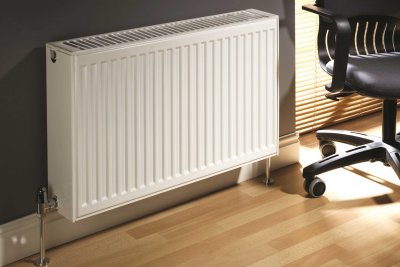
The battery provides different types of connections, you can also install a temperature regulating valve, an air bleeder.
Disadvantages of steel radiators:
- low corrosion resistance;
- difficulty in removing dust inside convection channels.
Cast iron
In the recent past, cast iron radiators had a monopoly on the market. Cast iron sections are produced using sand casting method. with subsequent milling of precision planes. Each section is manufactured separately, after which the structure is assembled using paronite or rubber gaskets and double-sided fittings.
Cast iron is used for heating devices not only in the vastness of the former USSR, in Europe a number of manufacturers have managed to elevate the technology of casting to the rank of art. Cast dragons, flowers and even landscapes, suspended and floor models will decorate any interior.
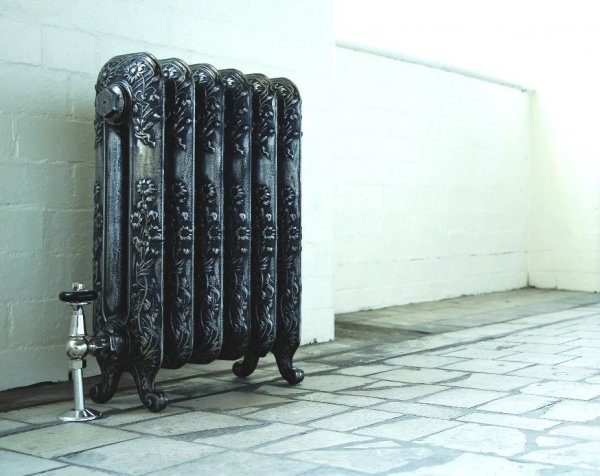
Photo 2. Modern cast iron heating radiator. The device is decorated with decorative forging, which makes it look quite stylish.
The battery works on the principle of an infrared wave emitter, so it is better not to cover them with decorative screens, a thick layer of paint with low thermal conductivity is not allowed. Ribs inside the batteries for additional heat exchange with the air.
It is believed that one rib of a cast iron radiator is capable of transmitting into the environment about 140-175 Watt/hour.
There are many factories in the CIS that produce the usual standard cast iron heaters. They are in demand due to their advantages:
- cheapness;
- possibility of use in apartment buildings under high pressure;
- availability of components and specialists;
- the ability to assemble a structure of the required width by adding or removing knees;
- durability;
- thermal inertia;
- low hydrodynamic resistance;
- corrosion resistance.
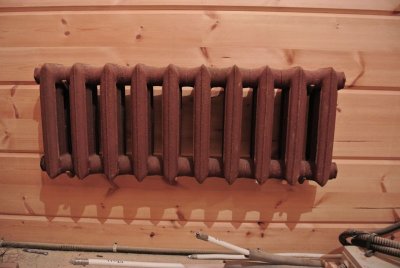
Among the disadvantages cast iron batteries:
- unpresentable appearance, attempting to cover the heat emitter with a decorative screen is not the best idea;
- large volume of coolant;
- difficulties with cleaning and painting hard-to-reach places;
- fragility to impacts;
- heavy weight;
- it is impossible to repair by welding - only replacement of the knee or the entire radiator.
Aluminum
Aluminum convector heating radiators have found their niche due to their original appearance, excellent thermal conductivity and small dimensions. This type of battery is perfect for heating private cottages, since aluminum is a capricious material in terms of corrosion resistance and is not designed for high pressure in the system.
Types of aluminum batteries:
- Cast. They are produced by casting under pressure in special forms. The quality of cast products is high, manufacturers use only primary aluminum for this technology, the porosity of the alloy is low, the strength is high.
- Stamped. They are recognized by the characteristic flashing on the inside of the air ducts. The quality, and therefore the price, is significantly lower, since unwanted internal stresses accumulate during stamping.
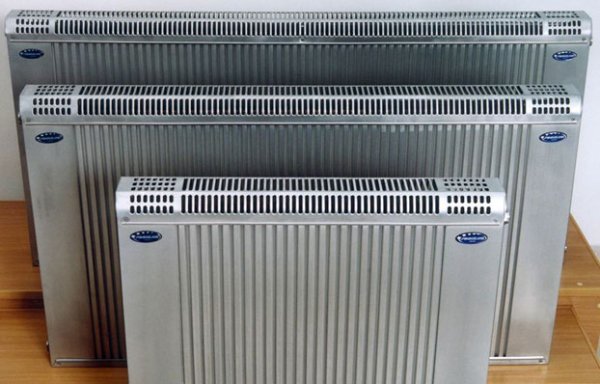
Photo 3. Aluminum stamped heating radiators. The image shows three sizes of devices.
- Anodized. They are made of pure aluminum, the internal surfaces are covered with an oxide film. After anodizing, the battery is not subject to corrosion, and thermal conductivity does not suffer.
Despite its modest size, one rib of an aluminum battery is capable of transmitting into the surrounding air 180 watts of heat per hour. The radiator shape is optimized to obtain constant convective draft in the ribs, the surface area is large. The radiator heats up evenly, quickly responds to changes in temperature in the house.
Attention! At the market a huge number of counterfeit products unknown production, without warranty obligations and of low quality. Buy heating devices only from well-known European manufacturers, then you will be calm about the compliance of technical characteristics with the declared ones.
Advantages aluminum batteries:
- aesthetic appearance;
- relatively low cost;
- excellent thermal conductivity;
- compactness;
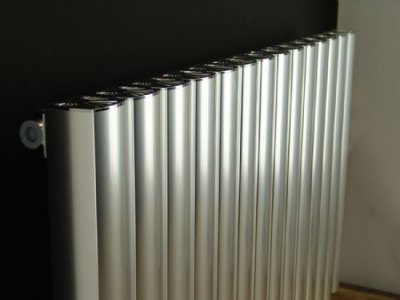
- the ability to assemble a radiator of the required power and width from standard sections;
- easy to clean.
Flaws:
- sensitivity to the acidity of the coolant - the occurrence of corrosion centers is possible;
- do not work well with steel pipes: insulating inserts are required;
- low resistance to water hammer;
- draining of the coolant is not recommended.
Bimetallic
They represent steel or metal manifold, cast into an aluminum "shirt" from ribs and air ducts. The metals are joined by die casting, so they do not form an electrochemical pair. Rejections and crystalline corrosion are impossible.
The design was created to combine with each other corrosion resistance of steel batteries and high efficiency of aluminum ones.
Important! There are different types of bimetallic radiators on the market. There are models where only the vertical tubes are made of steel, and the horizontal ones are made of aluminum. Such radiators are more resistant to corrosion, but sensitivity to the composition of the coolant remains.
Thickness of steel shell not less than 1-2 mm. If the steel is too thin, it will not be able to withstand water hammer and high pressure.
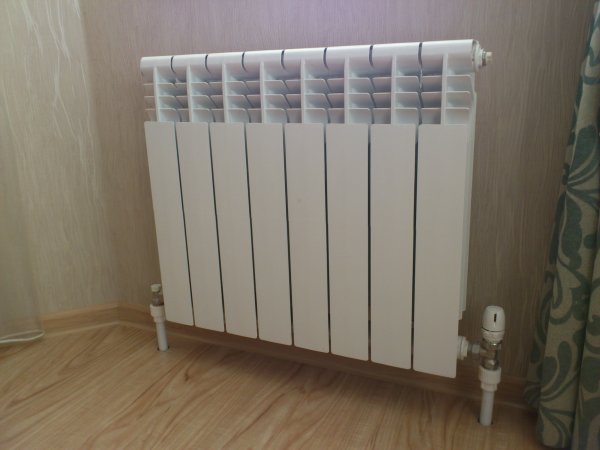
Photo 4. Bimetallic heating radiator. The device consists of several sections, the number of which can be increased.
Cheap radiators can leak because manufacturers do not weld the manifold tubes together, but use spot welding, crimping and glue. These joints are quite unreliable.
One section is capable of producing 120-180 watt/hour.
Advantages bimetallic batteries:
- resistance to water hammer and high pressure;
- high corrosion resistance;
- excellent thermal conductivity, high efficiency due to aluminum convective air ducts;
- lightness, compact size;
- presentable appearance;
- ease of installation;
- accuracy of geometric parameters.
Flaws:
- high cost;
- a large number of fakes and counterfeits.
Which type of batteries is better to choose?
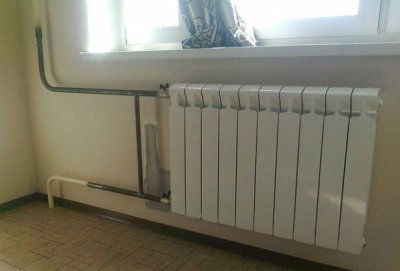
Before purchasing heating elements, It is worth determining the following parameters that influence the choice:
- Required power. The size of the battery depends on the heat loss of the room.
- Central or individual heatingAluminum radiators are not suitable for central heating - only certified steel or cast iron ones.
- Rdimensions of the installation space. The radiators are often placed under windows and near doors - "cold bridges" are cut off. When choosing, it is worth evaluating the height and depth of the niche intended for the heater - if there is little space, you will have to choose a compact model with high efficiency.
- Type of system. Gravity and central heating systems require high-capacity radiators, and cast iron is unrivaled here. Thin channels are suitable for a heating system in a private home, with forced circulation.
- Durability of the system. For work during 10-15 years Inexpensive aluminum radiators are suitable, for longer service - steel, cast iron, or innovative bimetallic.
- Budget. The most budget-friendly option is used cast iron radiators, which after sandblasting, washing and painting look like new. They are not subject to corrosion. The most expensive are copper-aluminum bimetallic, as well as with an individual design.
Useful video
Watch the video to learn how to choose the right heating battery.
About a wide range of products
Having encountered different opinions, consultations in specialized stores, having read a large amount of information, the user will still be indecisive.
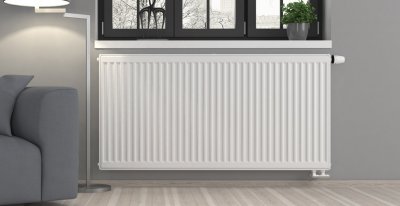
There are a huge number of options for choosing batteries. They differ in manufacturers, characteristics, operating principle, and price.
When choosing, the tasks facing the heating system are determined, the priority operating principle, size and budget. The method of eliminating options will significantly reduce the list, and the right choice will be made. Fortunately, modern technologies and trade make it easy to do.






